Nestled within the vast landscapes of North America lie some of the most breathtaking river canyons that remain relatively unknown to the mainstream kayaking community. These hidden gems offer pristine waters, challenging rapids, and spectacular scenery that rival their more famous counterparts.
From narrow limestone gorges to deep wilderness canyons, these waterways provide unforgettable experiences for paddlers seeking solitude and adventure.
Black Canyon – Nevada’s Colorado River
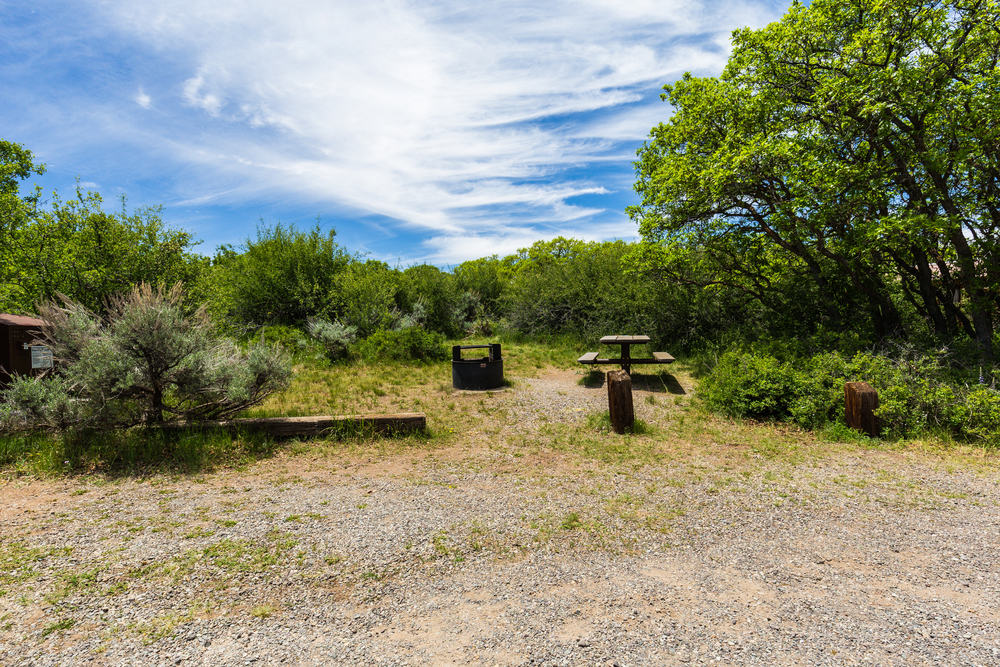
The Black Canyon section south of the Hoover Dam features towering volcanic walls rising 2,000 feet above the water. Hot springs and caves dot the canyon’s walls, creating unique exploration opportunities.
The calm waters make this an ideal destination for beginners and intermediate paddlers. The emerald waters maintain a constant 54-degree temperature year-round. Multiple access points along the river allow for trips of varying lengths.
Bruneau Canyon – Southern Idaho
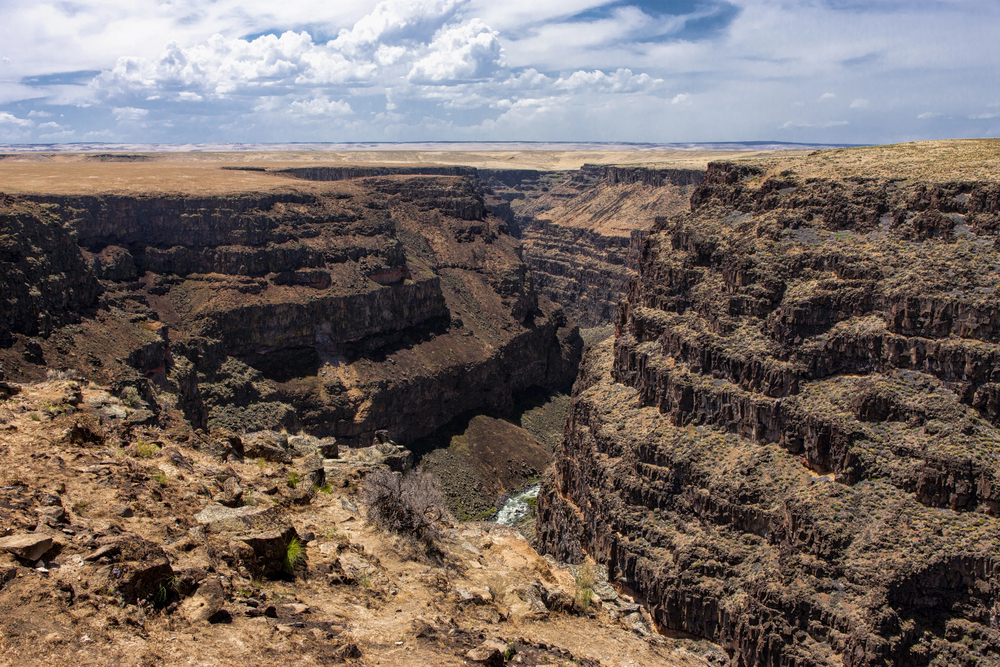
Bruneau Canyon cuts through 800-foot rhyolite cliffs in Idaho’s high desert landscape. This remote 40-mile stretch features Class III and IV rapids that challenge skilled paddlers.
Desert bighorn sheep and golden eagles frequently appear along the rim. The best paddling conditions occur during the spring snowmelt period. Local outfitters provide shuttle services and equipment rentals for visiting paddlers.
Like Travel Pug’s content? Follow us on MSN.
San Rafael River Canyon – Central Utah
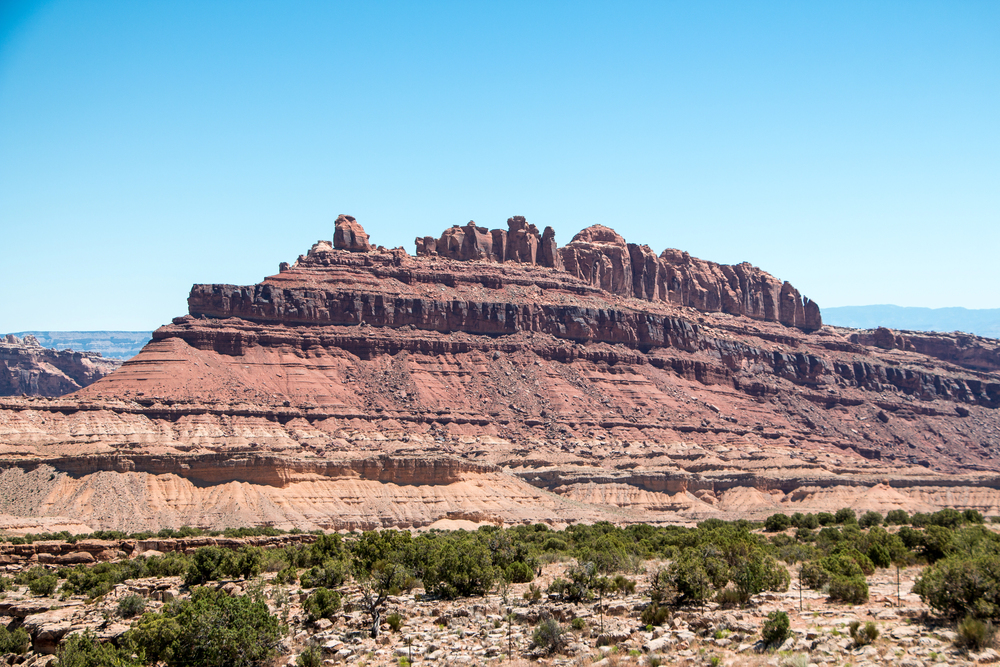
This hidden gem winds through red rock formations in Utah’s San Rafael Swell. Ancient petroglyphs and pictographs adorn the canyon walls, telling stories of past civilizations.
The narrow passages create intimate encounters with geology spanning millions of years. Spring runoff provides optimal water levels for this technical Class II-III run.
The canyon’s unique acoustics create memorable echoes that enhance the wilderness experience.
Little River Canyon – Northeast Alabama
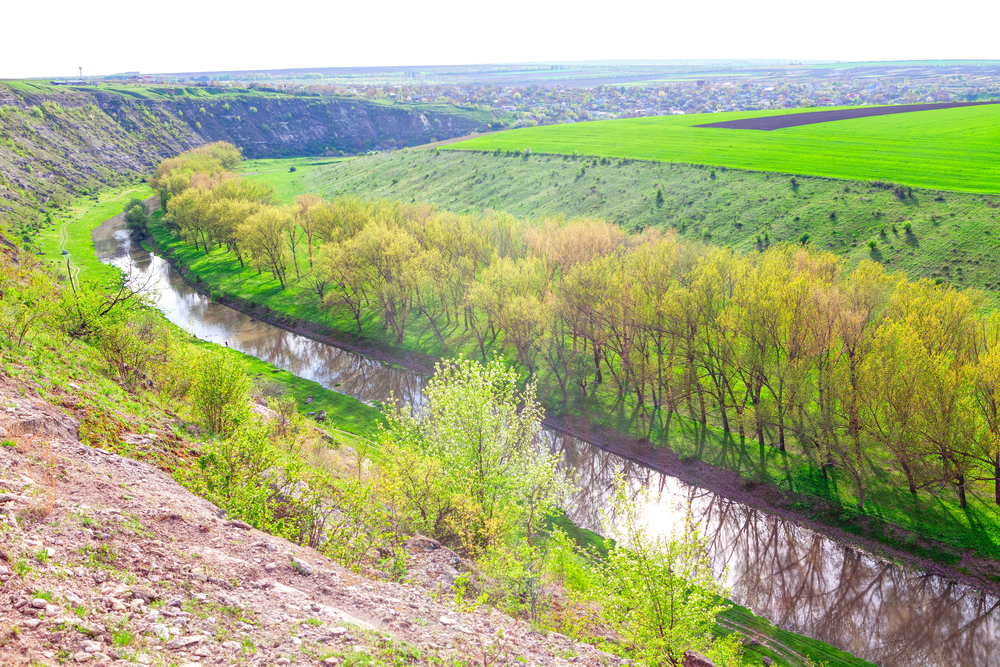
Carved into Lookout Mountain, this canyon offers year-round paddling opportunities in the Southeast. Depending on water levels, challenging rapids range from Class III to V. The canyon’s biological diversity includes rare plant species found nowhere else worldwide.
In some sections, the canyon reaches 600 feet in depth. The nearby DeSoto Falls provides an excellent warm-up run for paddlers.
Owyhee River Canyon – Southeast Oregon
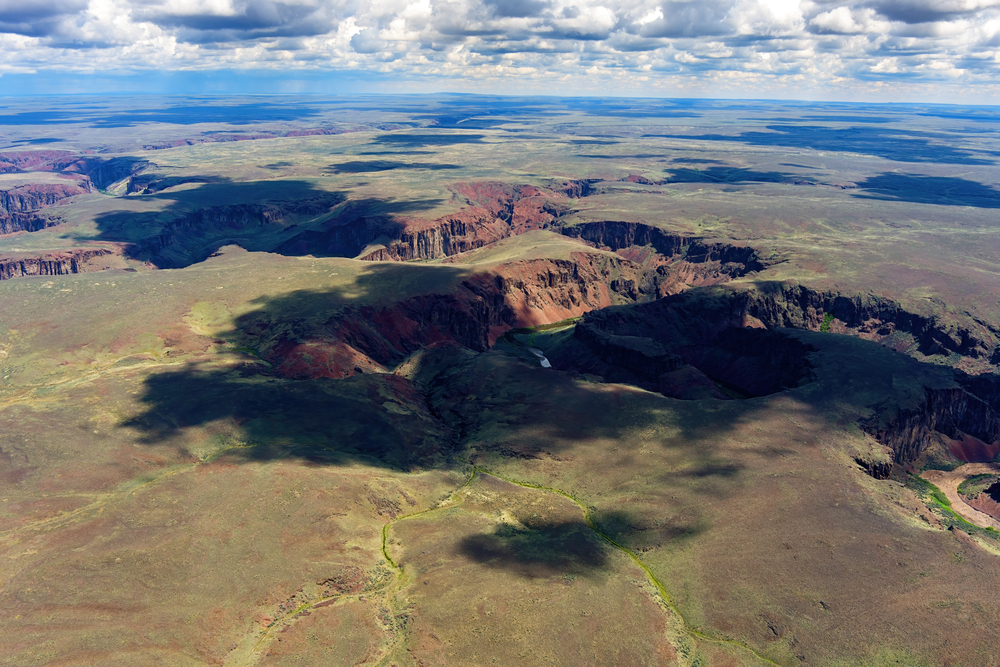
The Owyhee Canyonlands encompass one of America’s largest undammed river systems. Ancient basalt formations create dramatic walls rising to 1,000 feet. Desert wildflowers bloom spectacularly during spring paddling season.
The isolation requires careful planning and self-sufficiency skills. The canyon’s unique geological features have earned it the nickname ‘Grand Canyon of Oregon.’
Like Travel Pug’s content? Follow us on MSN.
Eleven Point River Canyon – Southern Missouri
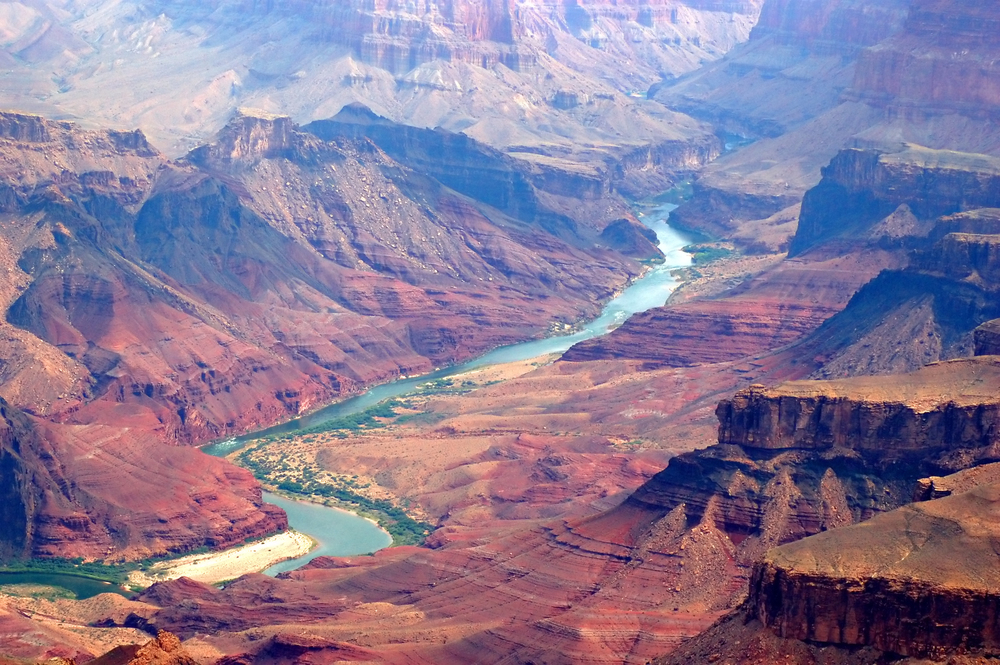
This spring-fed Ozark River flows through a limestone canyon in a mixed hardwood forest. Its crystal-clear waters reveal glimpses of the diverse aquatic life below. Historic mills and homesteads dot the shoreline, telling tales of early settlers.
The consistent flow provides year-round paddling opportunities, and the river’s protected status ensures pristine conditions for future generations.
Box Canyon – Central Washington
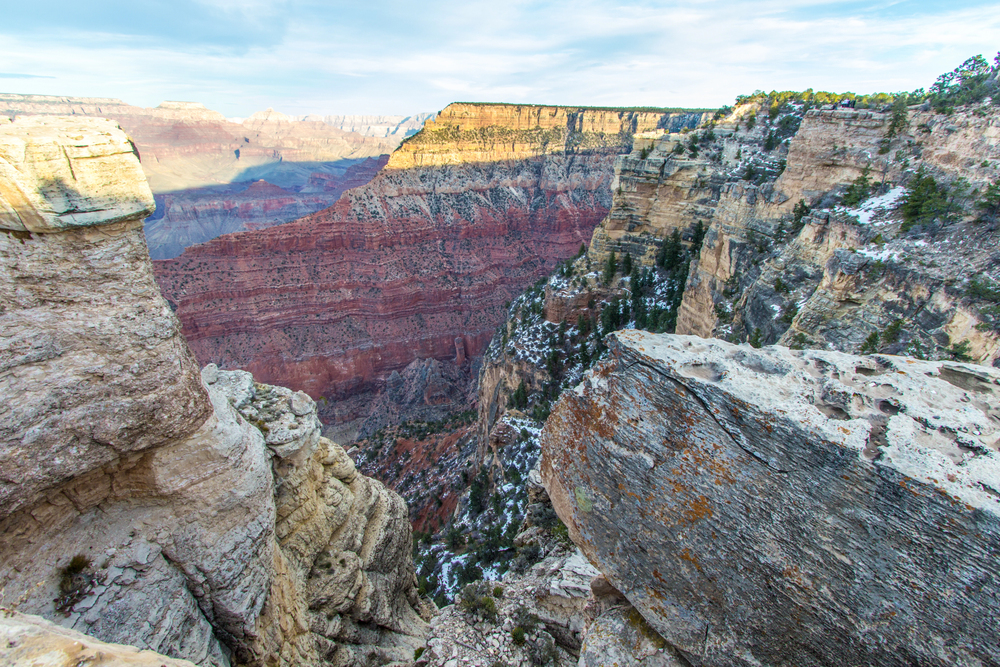
The Box Canyon of the Wind River offers technical paddling through a narrow granite gorge. Old-growth Douglas firs line the rim, creating a primeval atmosphere. Class IV rapids demand solid whitewater skills and careful scouting.
The canyon’s orientation creates unique lighting conditions for photography. Local tribes consider this area sacred and share stories of its spiritual significance.
Jarbidge River Canyon – Northern Nevada
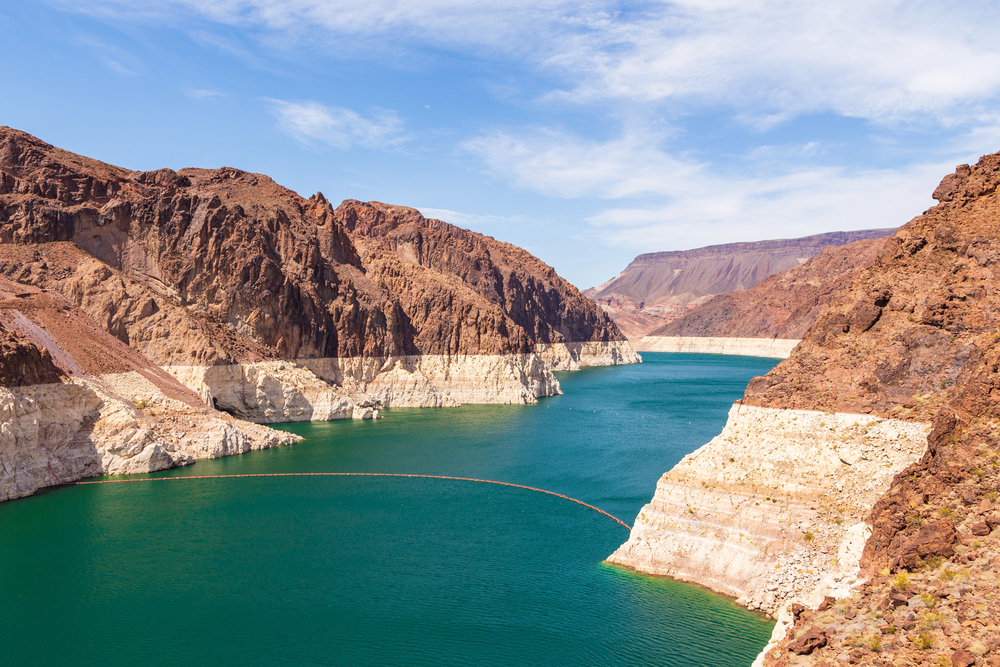
This remote canyon penetrates some of Nevada’s most isolated wilderness. Vertical walls of volcanic rock create an otherworldly paddling environment.
Native Lahontan cutthroat trout populate the pristine waters, and spring runoff provides the only reliable paddling window. The canyon’s remoteness makes it a crucial habitat for endangered species.
Like Travel Pug’s content? Follow us on MSN.
Salt River Canyon – Eastern Arizona
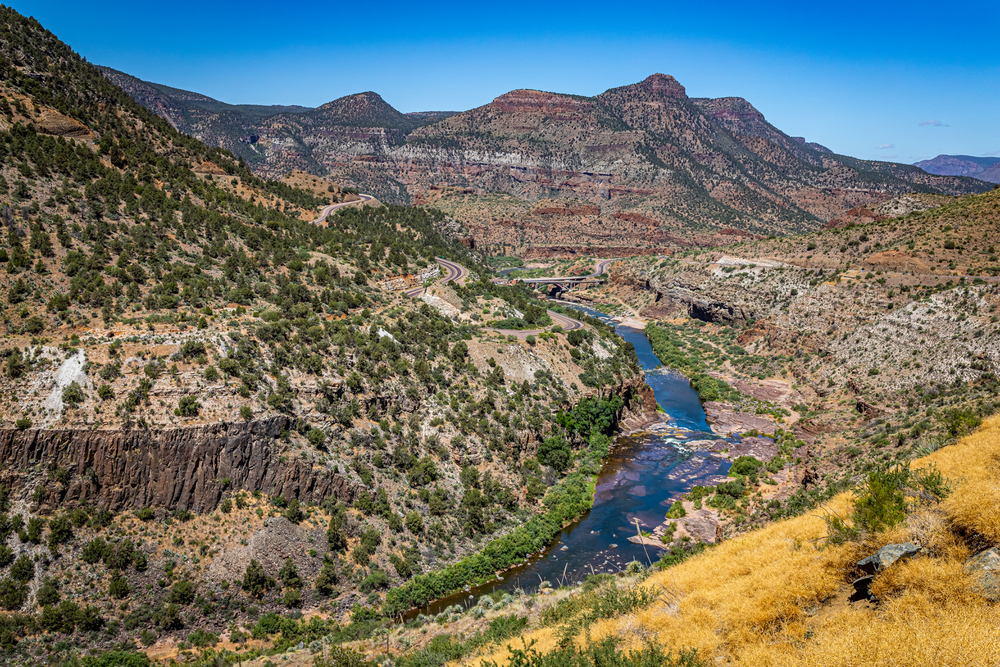
The Salt River cuts through the Sonoran Desert, creating a vibrant oasis. Ancient saguaro cacti stand sentinel along the canyon’s rim. Class III rapids provide exciting whitewater action for intermediate paddlers.
The winter paddling season offers perfect desert conditions. The canyon’s rich copper deposits create striking green and blue patinas on the rock walls.
Clear Fork Canyon – Northern Tennessee
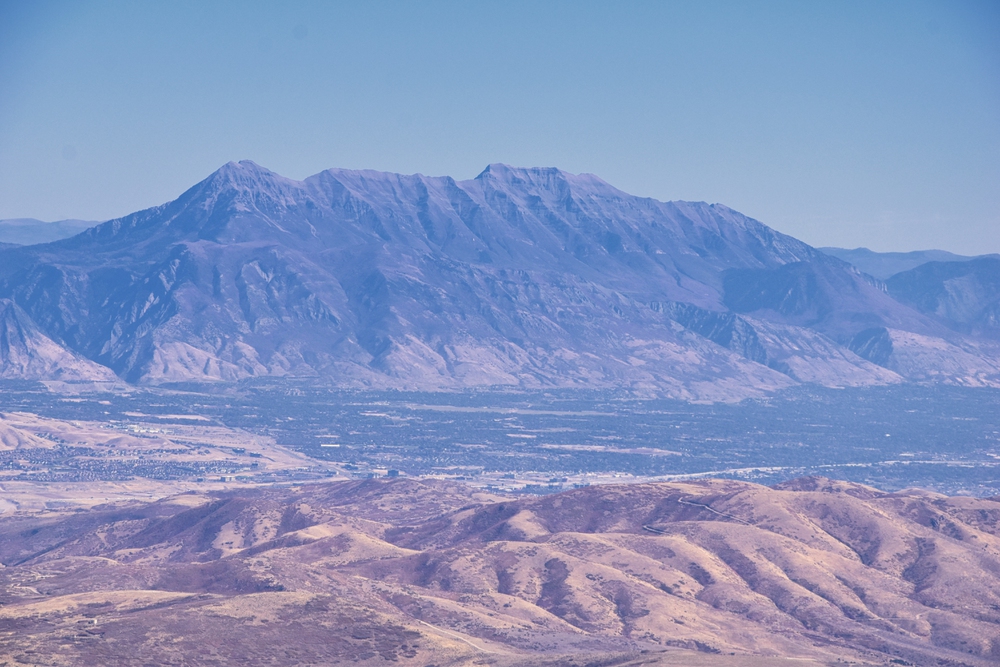
The Clear Fork section of the Big South Fork offers intimate paddling through Cumberland Plateau geology. Numerous waterfalls cascade from tributary streams into the main canyon, and rich Appalachian biodiversity surrounds paddlers throughout the journey.
The moderate rapids make this suitable for solid intermediate paddlers. The canyon’s unique acoustics amplify the sound of rushing water, creating an immersive experience.
Cataract Canyon – Southern Utah
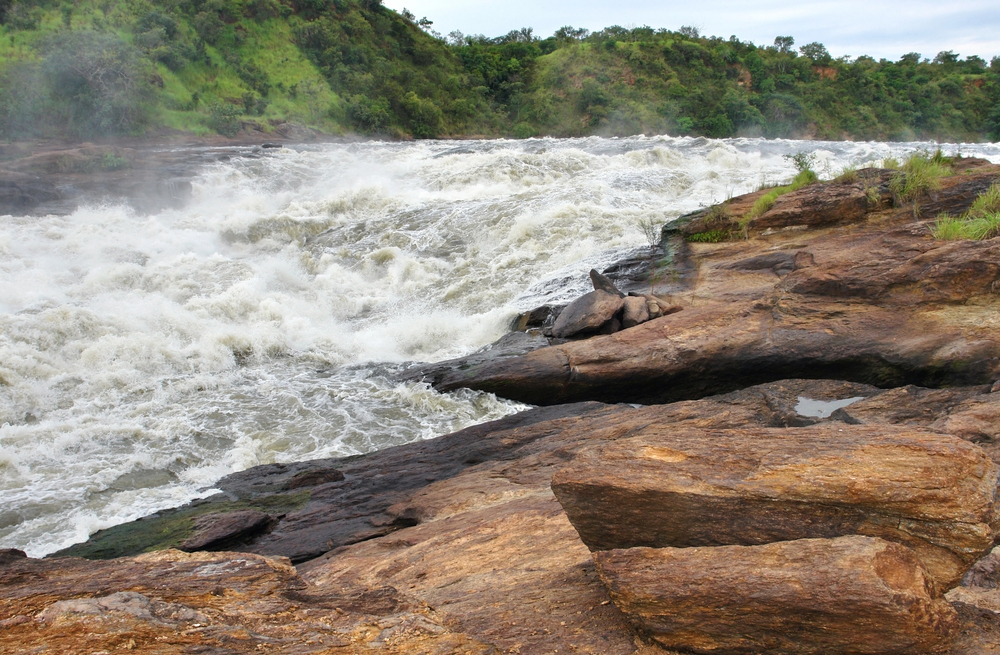
This legendary section of the Colorado River features classic desert canyon whitewater. Towering sandstone walls rise 2,000 feet above the river’s edge, where bighorn sheep frequently gather during morning hours.
Ancient Puebloan granaries and rock art can be spotted high on the canyon walls. The rapids, including the famous Mile Long and Big Drops, build progressively to Class V difficulty. The confluence with the Green River begins this epic canyon journey.
Like Travel Pug’s content? Follow us on MSN.
Pine Creek Canyon – Northern California
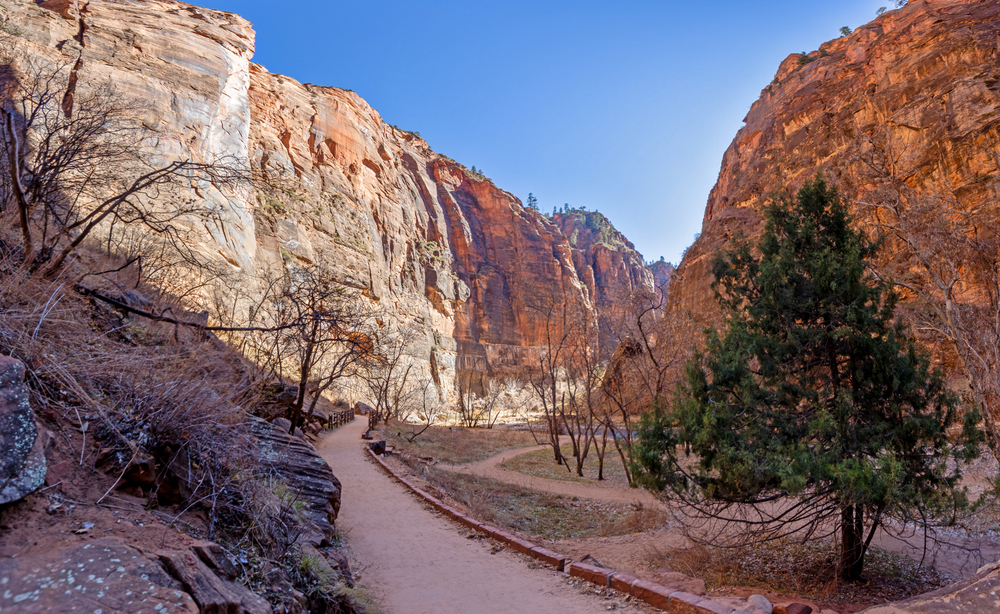
Pine Creek Gorge cuts through the Sierra Nevada’s volcanic landscape. Crystal-clear springs feed into the main flow throughout the canyon. Ancient volcanic features create unique river features and rapids.
The short season requires precise timing for optimal conditions. Local kayaking clubs organize annual cleanup events to maintain the canyon’s pristine state.
Loxahatchee River Canyon – Southeast Florida
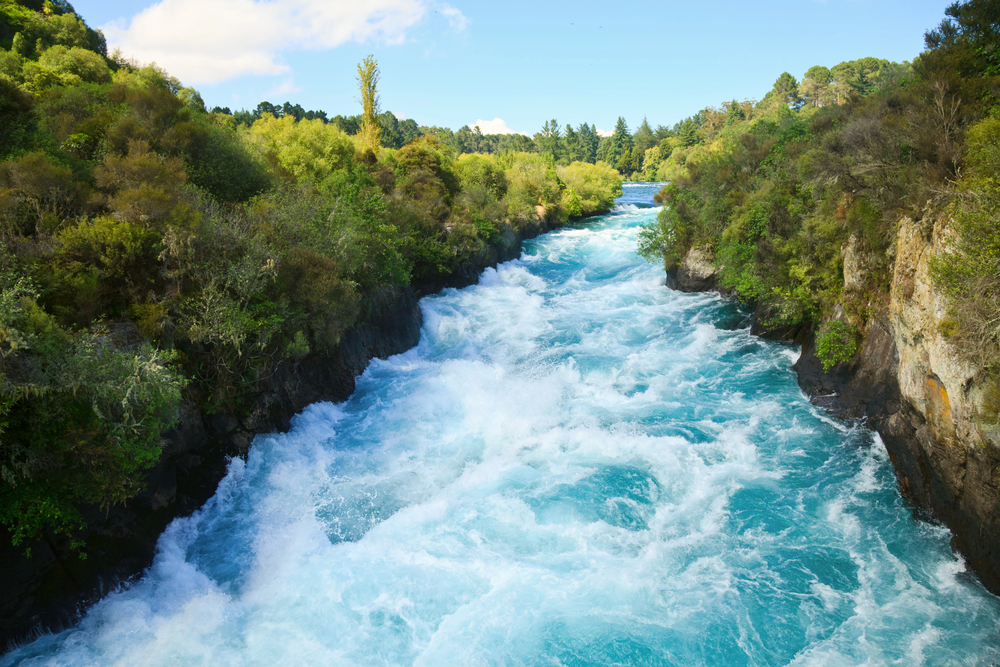
This tropical canyon offers Florida’s only whitewater paddling experience. The river corridor harbors endangered plant and animal species. Ancient cypress trees create a cathedral-like atmosphere above the water.
Consistent water levels allow year-round paddling opportunities. The river’s designation as a National Wild and Scenic River ensures its protection.
Stillwater Canyon – Eastern Utah
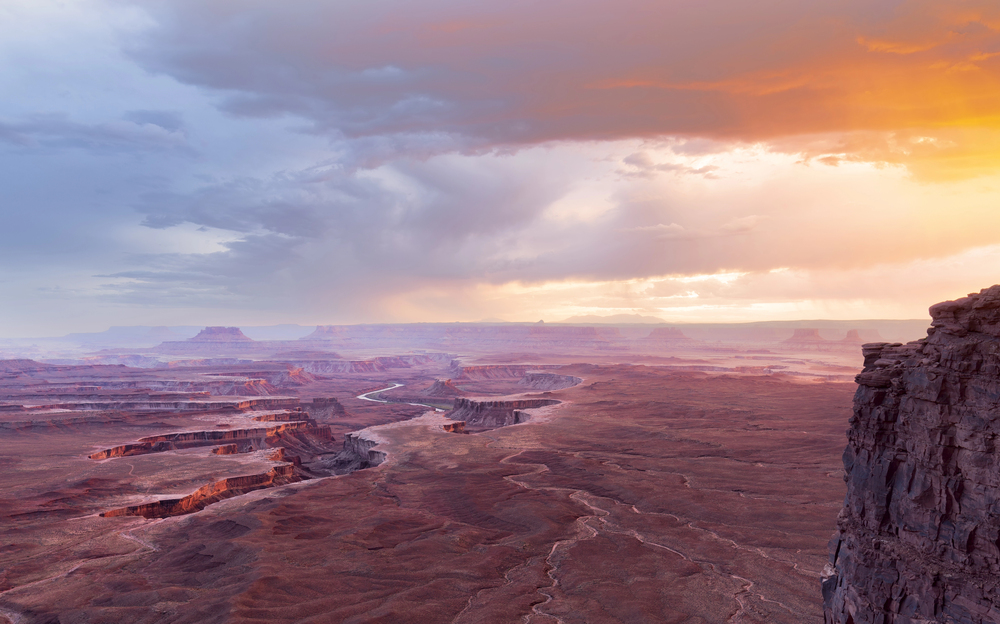
This serene section of the Green River provides an otherworldly desert canyon experience. Soaring red rock walls create a stunning backdrop as you paddle through this remote wilderness.
Ancient petroglyphs and pictographs offer glimpses into the area’s rich cultural history. The calm waters make this an ideal trip for beginners and photographers.
The canyon’s numerous side hikes reveal hidden grottos and Native American archaeological sites.
Like Travel Pug’s content? Follow us on MSN.
Chattooga Section V – Georgia/South Carolina Border
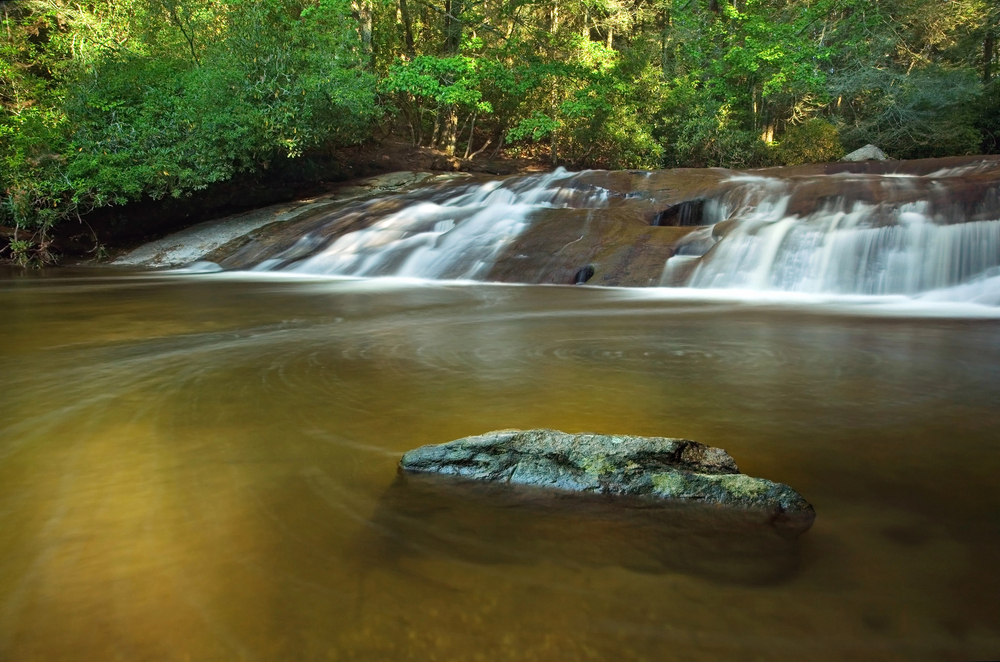
This rarely paddled section lies below the famous Section IV. Steep granite walls create an isolated wilderness experience. The difficult rapids demand expert skills and careful preparation.
Local folklore adds mystique to this challenging canyon, and its consistent grade makes it an excellent training ground for advanced paddlers.
Your Next Canyon Adventure Awaits
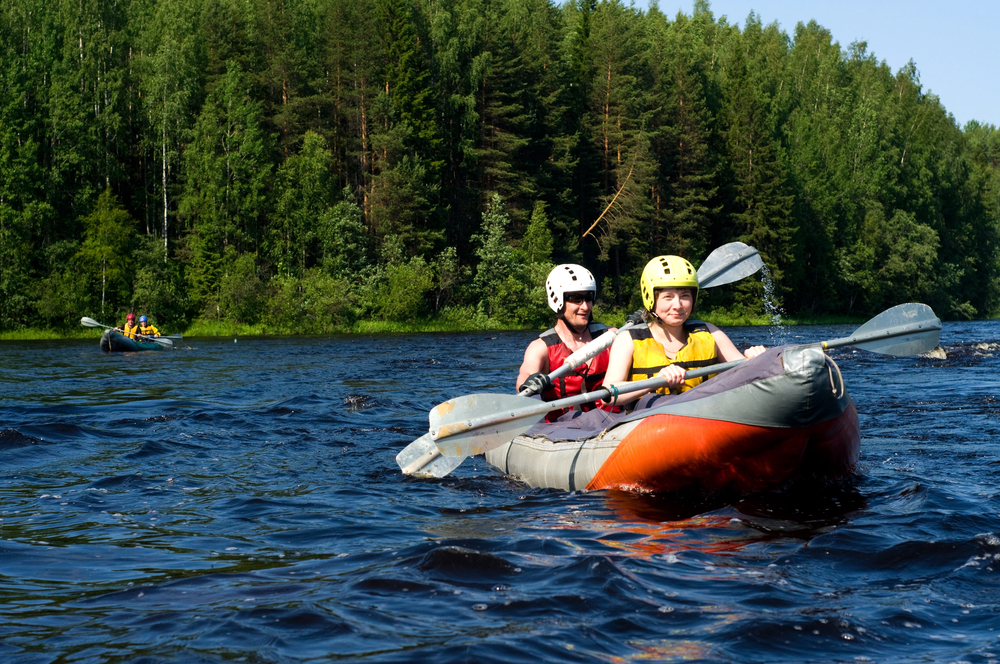
These hidden canyons represent just a fraction of North America’s paddling potential, offering unique experiences and challenges for the adventurous kayaker. Whether you seek technical whitewater, scenic floats, or wilderness solitude, these destinations promise unforgettable journeys through some of the continent’s most spectacular landscapes.
Remember always to check local conditions, obtain necessary permits, and respect these pristine environments for future generations of paddlers to enjoy.
More from Travel Pug

- 15 Dangerous European Cities to Avoid
- 15 Caribbean Islands Where Tourists Keep Getting Scammed
- The 20 Most Fascinating Abandoned Places: A Journey Through Time and Forgotten Spaces
- 15 Hidden Places in the Smithsonian Museums Locals Love: A Guide to Lesser-Known Treasures
- 16 Hidden Florida Beach Towns That Aren’t Overrun with Tourists
Like Travel Pug’s content? Follow us on MSN.
